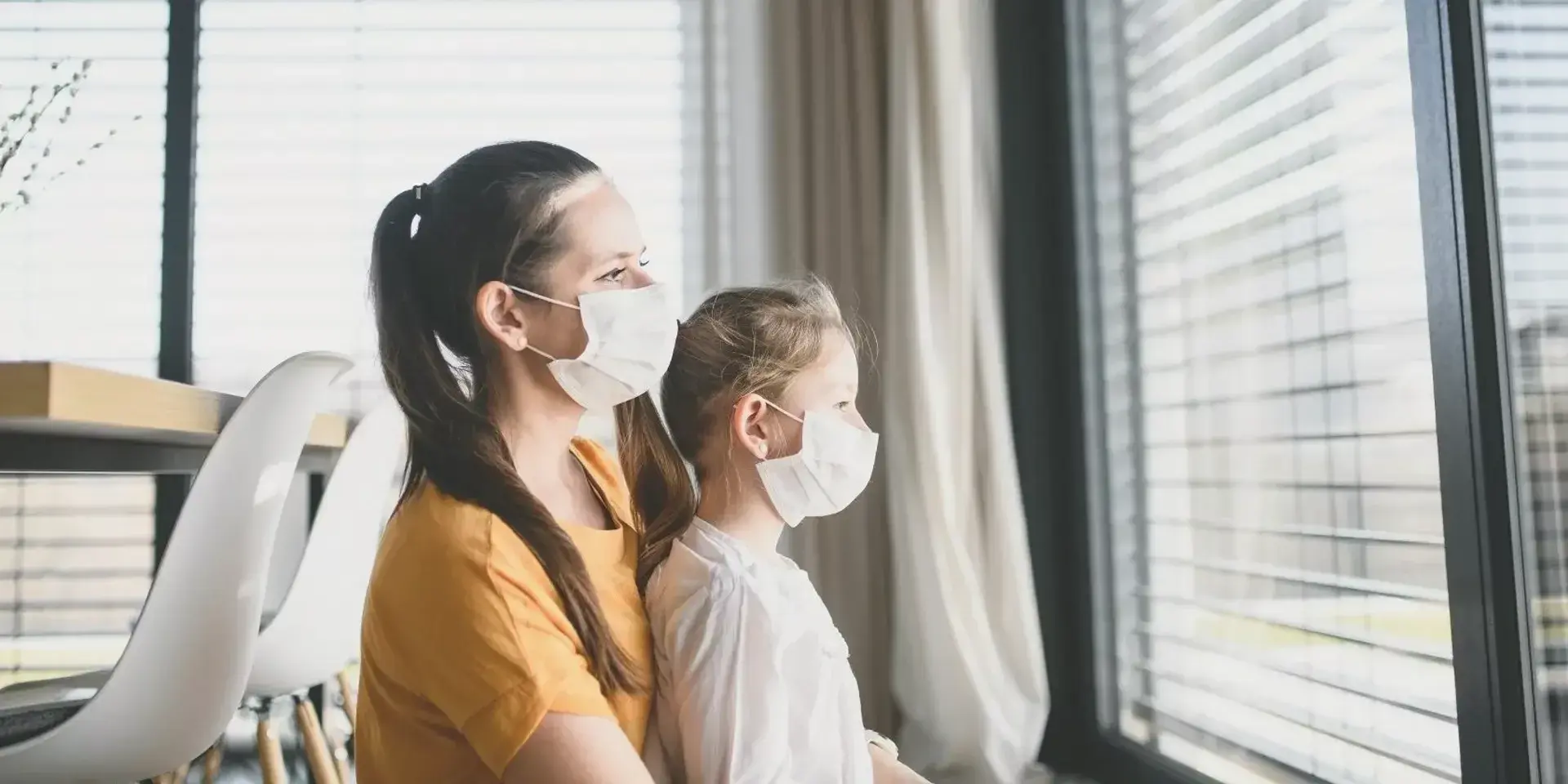Blog
·Five tips for improving oral language, speed and vocabulary at home

Just when you were beginning to breathe a sigh of relief that at least your school-aged child is having classroom time again, up pops more news to make you worry.
This week’s revelations from the Education Endowment Foundation highlighted what perhaps many of us might have feared – that the Covid response will have had a negative impact on young children’s language skills.
But rather than feel anxious about the early years catch-up process, how about looking at what we, as parents, teachers and influential adults, can do in terms of simple communication techniques to promote competent oral language and improved vocabulary skills?
Here’s five tips:
1. Use synonyms within a sentence
Every day’s a school day, so one really easy thing to do, to expand our children's vocabulary, is to give them synonyms, a word that means the same as another word, within a sentence.
The conversation would go something like:
Son: Dad, did you know our Queen is over 90 years old?
Dad: Yeah, I think our monarch is 94 this year
This simple use of a synonym helps our children connect a familiar word with new, more academic language which, if repeated, will increase their mental vocabulary store.
2. Use hidden definitions within a spoken sentence or phrase
This technique builds on the use of synonyms and helps the adult develop a child’s vocabulary by giving a hidden definition.
The conversation would go:
Daughter: Whenever we leave the dog at home alone, he always looks scared.
Mum: You’re right. When the dog’s isolated, or left alone, he does look frightened.
In this example the mum is extending the child’s vocabulary through the use of “isolated’ but adding the hidden definition allows the child to make the connection between the common word and new vocabulary.
3. Use real-world examples and comparisons within a speech
This technique builds on the previous two and lets the child put the unfamiliar vocabulary into a familiar context.
Imagine you’re watching crowds gathering on a TV news programme, and the presenter has used the word congregation. A parent’s response could be something like:
“Congregations, such as in a football stadium, concert or church, have a responsibility to keep safe.”
The real-world examples such as above, allows that child to cognitively make the links to the given contexts, thus begin to interpret what the word congregation might mean independently.
4. Use contrasts or antonyms
Very similar to the examples above, this technique uses antonyms or differences and contrasts to promote independent vocabulary investigation.
A conversation could go something like:
Son: I hate it when people are picked on because of the colour of their hair.
Dad: You’re right. Discrimination, unlike fairness to all people, can have long-lasting and damaging effects on people.
Adding that element of comparison rather than a straight definition means the child has to do some work. They have to begin independently deconstructing the meaning from the examples they’ve heard, and that work means the vocabulary is more likely to stick.
5. Morphemic analysis
Explicit vocabulary instruction is a vital stage in oral language development, and this doesn’t mean just learning lists of words.
It means exploring the morphology, the component parts of words and then exploring how they mean what they do.
Two simple questions: what does it mean? and how do you know?, can be really helpful and then you simply pull the word apart:
Extraction – ex means out like in exit; trac makes me think of tractor which pulls and drags; tion suffix is the act or process, so extraction is the act or process of pulling something out.
We all strive for our children to be independent learners and using any of the techniques above will help them develop a learning habit that relies on cognitive work and investigation rather than spoon feeding.
If you feel like you want to learn more about our intervention programmes check them out here or if you’re looking for advice, get in touch.